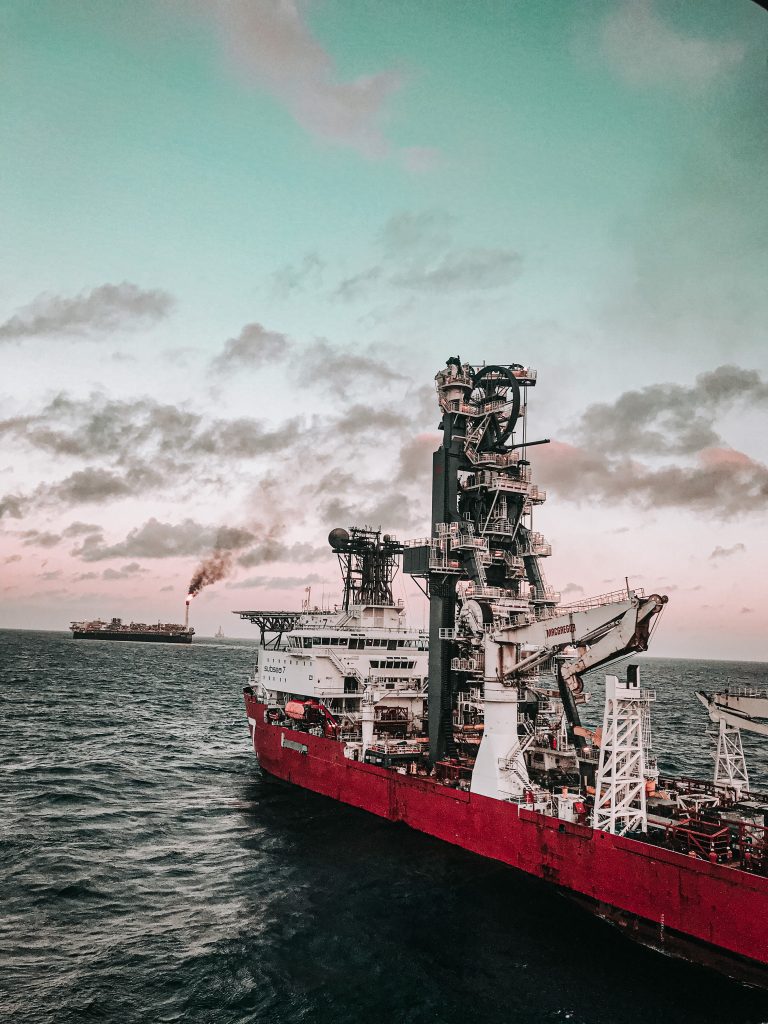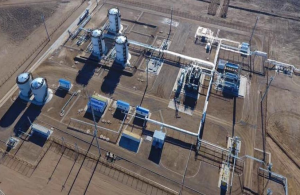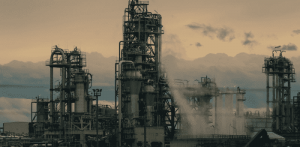The oil and gas industry has traditionally been characterized as a capital-intensive sector, where complex offshore operations are executed by skilled workers. However, the emergence of digital twin technology has revolutionized the sector, enabling companies to optimize offshore operations using real-time data. Digital twins are virtual replicas of physical assets and systems that help in the visualization, analysis, and simulation of real-world scenarios. In this article, we will discuss the role of digital twins in offshore oil and gas operations.
- Improved Asset Performance
Digital twins help in improving asset performance by enabling companies to visualize and monitor the condition of offshore assets in real-time. This allows for the early identification of potential issues, facilitating predictive maintenance and reducing downtime. This results in reduced operating costs and improved asset utilization.
- Risk Management
Offshore operations are inherently risky, with hazards ranging from weather events to equipment failure. Digital twins help in identifying potential risks by providing a virtual environment for companies to test different scenarios. This allows companies to assess the impact of potential risks and plan accordingly, reducing the likelihood of accidents.
- Reduced Carbon Footprint
The oil and gas industry has come under scrutiny for its impact on the environment. Digital twins can help reduce the industry’s carbon footprint by optimizing offshore operations. This includes reducing energy consumption, minimizing waste, and optimizing logistics. By using digital twins, companies can identify opportunities to reduce their environmental impact, contributing to a more sustainable industry.
- Enhanced Collaboration
Digital twins facilitate collaboration between offshore and onshore teams, enabling real-time data sharing and analysis. This ensures that all stakeholders have access to the same information, allowing for faster and more informed decision-making. This results in increased efficiency and productivity, enabling companies to execute offshore operations more effectively.
In conclusion, digital twins are transforming offshore oil and gas operations, enabling companies to optimize asset performance, manage risks, reduce their carbon footprint, and enhance collaboration. As the technology continues to develop, the oil and gas industry can expect to see even more benefits from digital twins, improving safety, efficiency, and sustainability.





